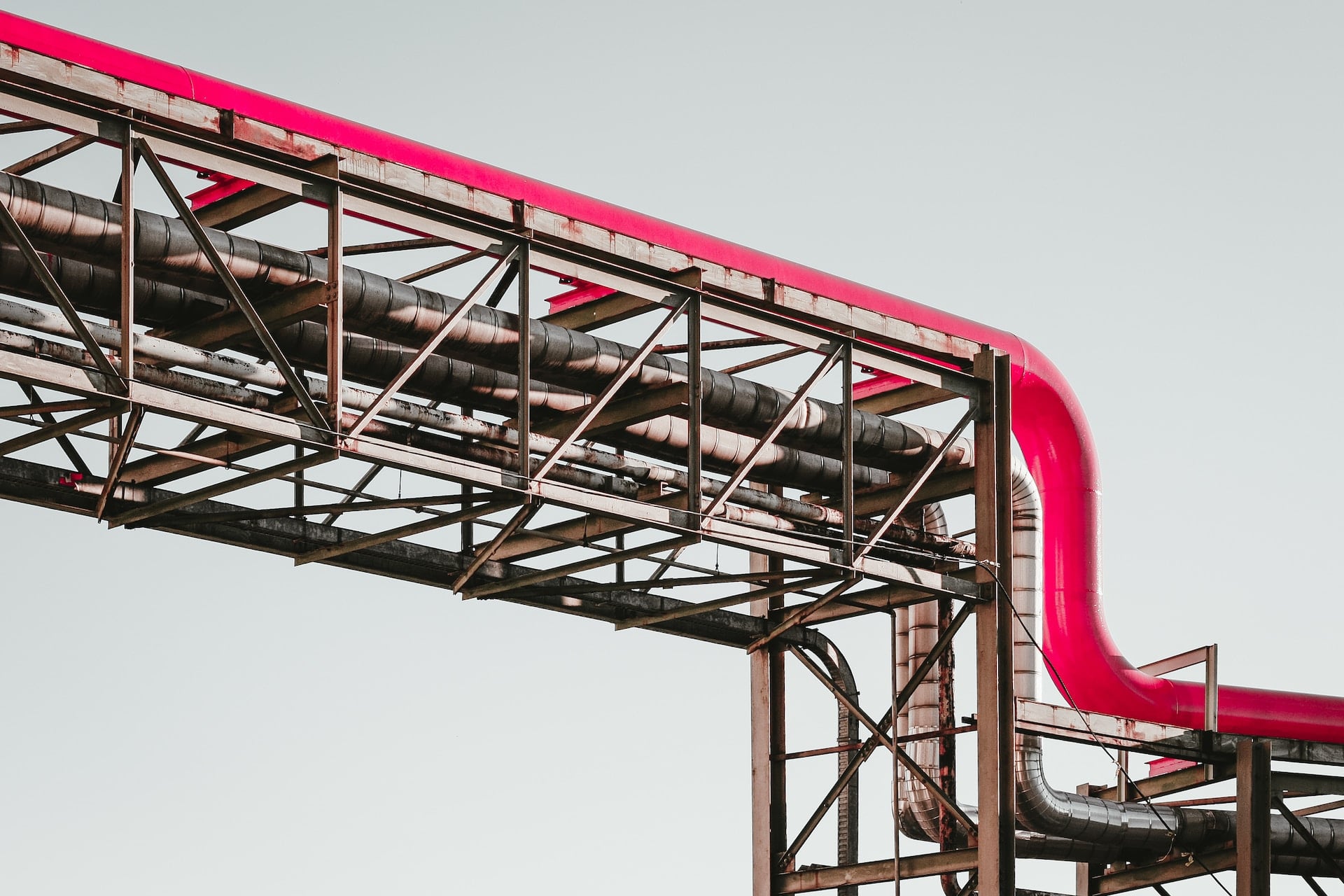Data centers have an energy problem. They consume significant amounts of power, resulting in substantial greenhouse gas emissions and in many cases, much of this energy goes to waste. Several data center operators have found a solution in waste heat reuse.
While reusing thermal energy won’t eliminate a data center’s emissions, it does reduce them. This practice can also reduce energy consumption elsewhere and help maintain ideal temperatures within the server room.
The Problem With Data Center Waste Heat
The potential for waste heat reuse is easier to understand when considering the size of data centers’ heat problem. Up to 40% of data center energy usage goes to cooling. These power withdrawals are even more concerning when considering that the heat radiating from this equipment is itself wasted energy. Put another way, data centers use lots of electricity to address energy they’ve already wasted.
At the same time, data centers can’t afford to ignore cooling. Even the most efficient servers will produce heat at this scale, and failing to address those temperatures will lead to equipment malfunctions. That’s unacceptable when most data center outages cost at least $100,000, with some costing over $1 million.
As internet-reliant applications and AI increase, data centers will likewise grow. This growth could spell disaster for the environment if organizations don’t find a more efficient way to deal with waste heat.
Reusing this waste is the best way forward. Distributing thermal energy away from data centers for use elsewhere will reduce cooling requirements while lowering power consumption in other areas. Pairing this circular system with renewable energy could pave the way for sustainable data center operations.
How Data Centers Can Reuse Waste Heat
Many data centers already reuse waste heat and this recycling can take several forms. Here are a few of the most popular and promising solutions.
Residential Heating
The most common way to reuse data center waste heat is to divert it to nearby homes. To do this, data centers use liquid cooling systems to draw excess heat from their servers into water. They then pump the hot water to buildings or utility facilities in the area, which then cycle it through radiators to heat home interiors.
One data center in Dublin, Ireland, claims using this method could reduce over 1,500 metric tons of carbon emissions annually. Similar systems have emerged in Denmark, Sweden and Germany, with some expected to pop up in the U.S. before long.
Agricultural Heating
Another way to reuse waste heat is to repurpose it for agricultural use. These systems work like residential heating alternatives but carry hot water to greenhouses instead of apartments and homes. The advantage here is that greenhouses require year-round heat, whereas residential needs fluctuate across seasons, so the benefits may be more consistent.
While data centers are less likely to be near greenhouses than houses, this method’s savings potential is considerable. A 2,000-square-meter greenhouse could derive up to 97.5% of its energy needs from a one-megawatt data center.
Energy Production
Data centers could also reuse waste heat to generate electricity for general use. Technologies like grate incinerators can repurpose radiant heat as energy but often rely on processing other materials. Applying the same concept to data centers’ thermal radiation could reclaim power without the hazards of burning conventional feedstocks.
The conversion process here does entail some waste of its own, so it’s not as efficient as direct heat transfers. However, the resulting electricity can go toward any energy-reliant application, not just heating and cooling, so it may be more viable in areas with lower heating requirements.
Considerations in Data Center Waste Heat Reuse
Data center organizations hoping to capitalize on waste heat reuse must consider a few factors. First, it’s important to recognize that thermal management is not a complete solution. Data centers must take additional steps to ensure equipment longevity and sustainability.
Dust also deserves attention, as it can damage servers as much as heat. Trade humidifiers are an ideal solution, achieving up to 100% dust suppression by attracting airborne dust into manageable droplets. Data centers must also seek to use cleaner energy sources in the first place. Solar and wind power are the most available and effective solutions today.
It’s also worth noting that waste heat reuse isn’t equally effective in every area. Heat-to-electricity conversions are often only feasible in data centers producing tremendous amounts of heat or with high-end, sophisticated energy reclamation equipment. That’s because it typically takes temperatures of at least 500 degrees Fahrenheit to justify the costs of conversion, which not every data center produces.
Direct heat transfers are more practical for most data centers. However, building heating needs vary widely, so this method is most viable in colder climates where nearby homes need heat for more of the year. These areas tend to be ideal data center locations, anyway, but facilities in warmer climates may need to combine methods to reuse all of their waste heat.
Waste heat reuse’s efficacy also depends on the data center’s cooling method. These solutions are only viable with liquid cooling, as it’s difficult to transfer thermal energy efficiently through air. Indirect evaporative cooling is often the most efficient specific method for distributing waste heat.
The Future of Data Center Waste Heat Reuse
While barriers remain in many cases, waste heat reuse methods show considerable potential for data centers. This infrastructure may incur more upfront costs and complexity, but the long-term benefits are worth it. In addition to reducing data centers’ carbon footprints, these processes will minimize ongoing energy-related costs.
As climate awareness grows, some data centers may face regulatory pressure to embrace these systems. California already requires HVAC systems to use heat recovery in nonresidential buildings to some extent. Other areas could follow suit in the future, spurring further adoption of these processes.
With technological innovation and broader adoption, heat recovery costs and efficiency will improve. As that happens, this concept could transform the data center industry.
Waste Heat Reuse Could Revolutionize Data Centers
Data centers must address their energy usage to balance uptime with environmental concerns. Waste heat reuse is not the only part of that endeavor, but it will prove an important one.
Reusing waste heat can protect data center infrastructure while minimizing ongoing costs and reducing greenhouse gas emissions in the surrounding area. Those advantages are hard to overlook. The data centers of the future may revolve around this technology.
The post How Can Data Centers Harness the Power of Waste Heat? appeared first on Datafloq.



